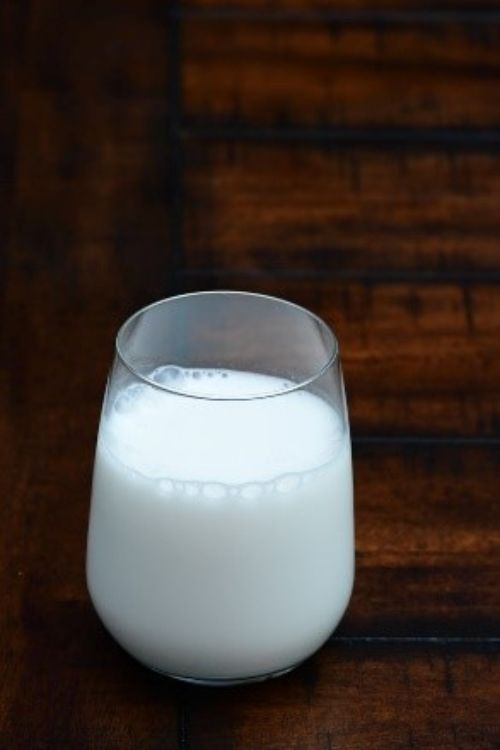Myths and facts about raw milk
There are many myths that deny health dangers of drinking raw milk, and even promote it as a healthy practice. Exploring the facts is important to prevent foodborne illness.

Raw milk can harbor dangerous pathogens, those germs that can make us sick and pose serious health risks. Pasteurization is a process that kills harmful pathogens such as bacteria by heating milk to a specific temperature for a set period of time. Some people continue to believe that pasteurization harms milk and that raw milk is a safe, healthier alternative. However, according to the Center for Disease Control and Prevention (CDC) this belief could not be further from the truth.
The main pathogens destroyed by pasteurization include Salmonella, E. coli, and Listeria, all of which can pose serious health risks. In fact, the risk of a foodborne illness from raw milk consumption has been found to be up to 840 times higher than if you were to drink pasteurized milk.
Older adults, young children, immune-compromised individuals and people who are pregnant are at the highest risk of contracting these illnesses. The decision to drink raw milk is one that an adult can make for themselves, but serving it to children can have serious consequences that may affect them for the rest of their life.
Despite the many facts supporting the dangers of raw milk and the safety of pasteurized milk, myths are persistent. Here are some common myths about milk and pasteurization, along with the facts from the Food and Drug Administration and the CDC.
|
Myth |
Fact |
|
Pasteurization DOES NOT retain milk's nutritional value. |
Pasteurized milk DOES retain most nutrients and is much safer than raw milk. |
|
Milk from animals raised in sanitary conditions DOES NOT have pathogens. |
Raising animals in sanitary conditions is important, but milk DOES still need pasteurization to be free of harmful germs, which can be introduced to the milk in a variety of ways even beyond the farm setting. |
|
Organic milk DOES NOT carry pathogens. |
Organic milk can still carry pathogens and DOES need to be pasteurized. |
|
Pasteurized milk protects it from pathogen growth and DOES NOT need to be refrigerated. |
Pasteurized milk DOES still have to be refrigerated, as pathogens can still grow if left in the temperature danger zone (40-140 degrees Fahrenheit) |
|
Raw milk DOES NOT cause milk allergies and lactose intolerance. |
Milk allergies are caused by a reaction to the milk protein and lactose intolerance is caused by a reaction to the sugar lactose – neither of which are different in raw milk and DOES NOT protect you from these. |
Do not sacrifice the safety of you or others you care for by drinking or serving raw milk. If you are working on eating healthier, follow USDA’s evidence-based guidelines to get the most nutrients out of your diet. For more information on food safety, visit MSU Extension's Safe Food & Water website.



 Print
Print Email
Email